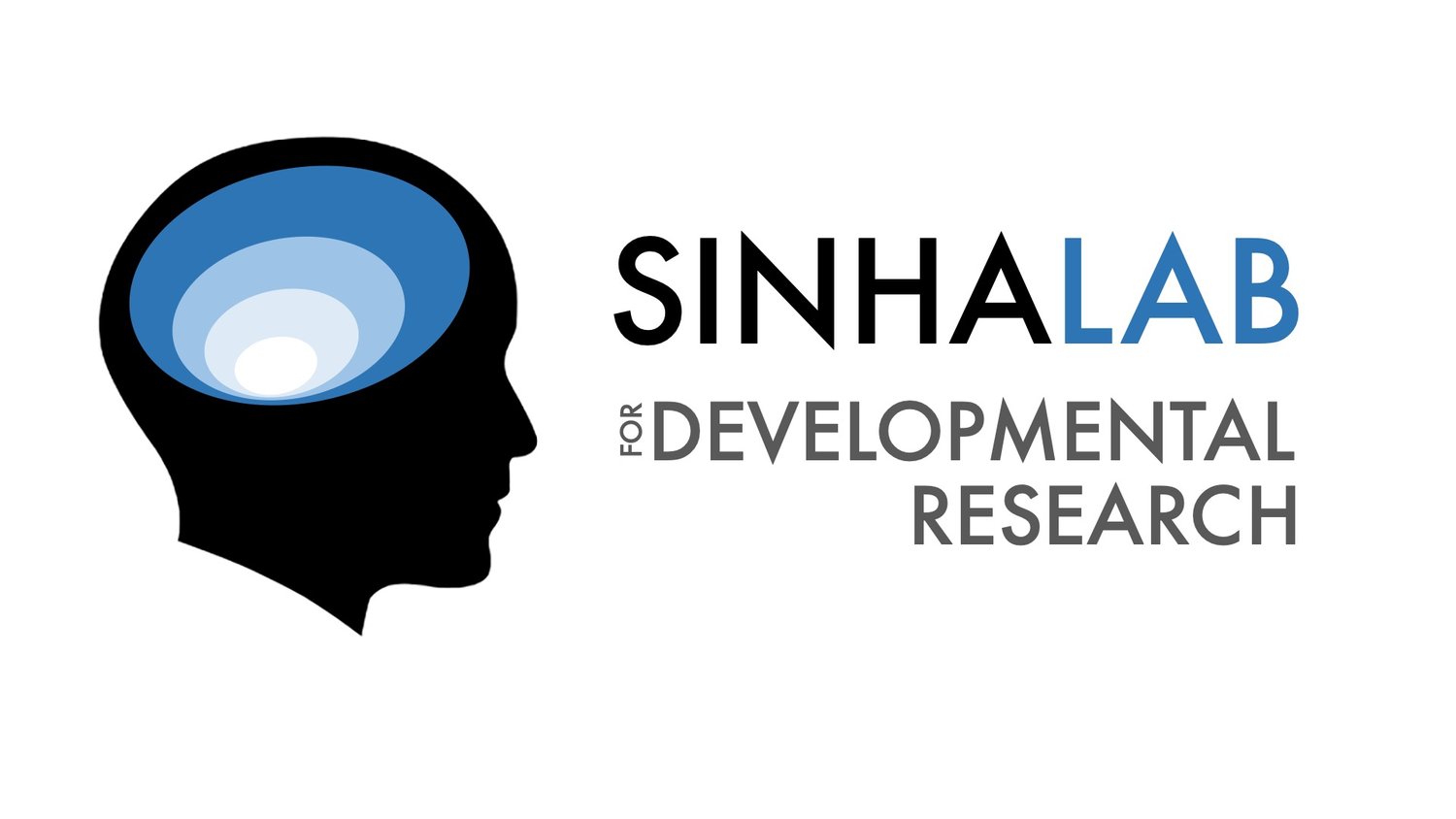Investigating the biological mechanisms and computational principles of perceptual development.
Following surgery to remove congenital cataracts and restore his sight, a Project Prakash patient and research participant explores images on a screen.
“A blooming, buzzing confusion”
William James famously described an infant’s experience of the world as a “blooming, buzzing confusion.” The goal of the research in our laboratory is to understand how this complex cacophony gets transformed into an organized sensorium over the course of our early years. What are the computational principles and biological processes underlying development? We explore this question from three perspectives: Typical, atypical, and computational development. The three threads braid together beautifully to provide clues to one of the greatest mysteries of neuroscience - how we become who we are. In pursuing this work, we are also afforded an opportunity to merge our interests in scientific research with artistic expression and societal service.
Our Work
Science.
The overarching goal of our research is to understand the biological and computational underpinnings of perceptual development.
Service.
In our work, we seek to merge scientific research with societal service.
Art.
Art occupies a prominent place in our lab due both to its relevance for understanding perception, as well as our personal interest in creative pursuits.
Values & Diversity
Our lab is founded on principles of respecting lab and community members and maintaining high standards of scientific integrity. As a lab, we value and are committed to pushing on scientific and societal directions that we - individually and jointly - hold in high regard. We seek to merge science with societal impact. We carefully consider how to conduct research and present results in a manner that upholds our shared values and that is mindful of the effect of our work in the world.

“The critical period theory asserts that the brain's learning mechanisms are significantly dependent on early sensory stimulation. Sinha and his colleagues posit that while some aspects of vision, such as acuity, might indeed be subject to critical periods, many other aspects of functional vision might be learnable even at later ages.”
— Association for Psychological Science, 2007
Funding and Support
We are grateful to the following agencies that support our research:
National Institutes of Health - National Eye Institute (NIH/NEI)
Simons Center for the Social Brain, MIT
Simons Foundation Autism Research Initiative (SFARI)
MIT J-WEL (Abdul Latif Jameel World Education Lab)
MIT MISTI - India
MIT MISTI - Israel
Paul and Lilah Newton Funds





